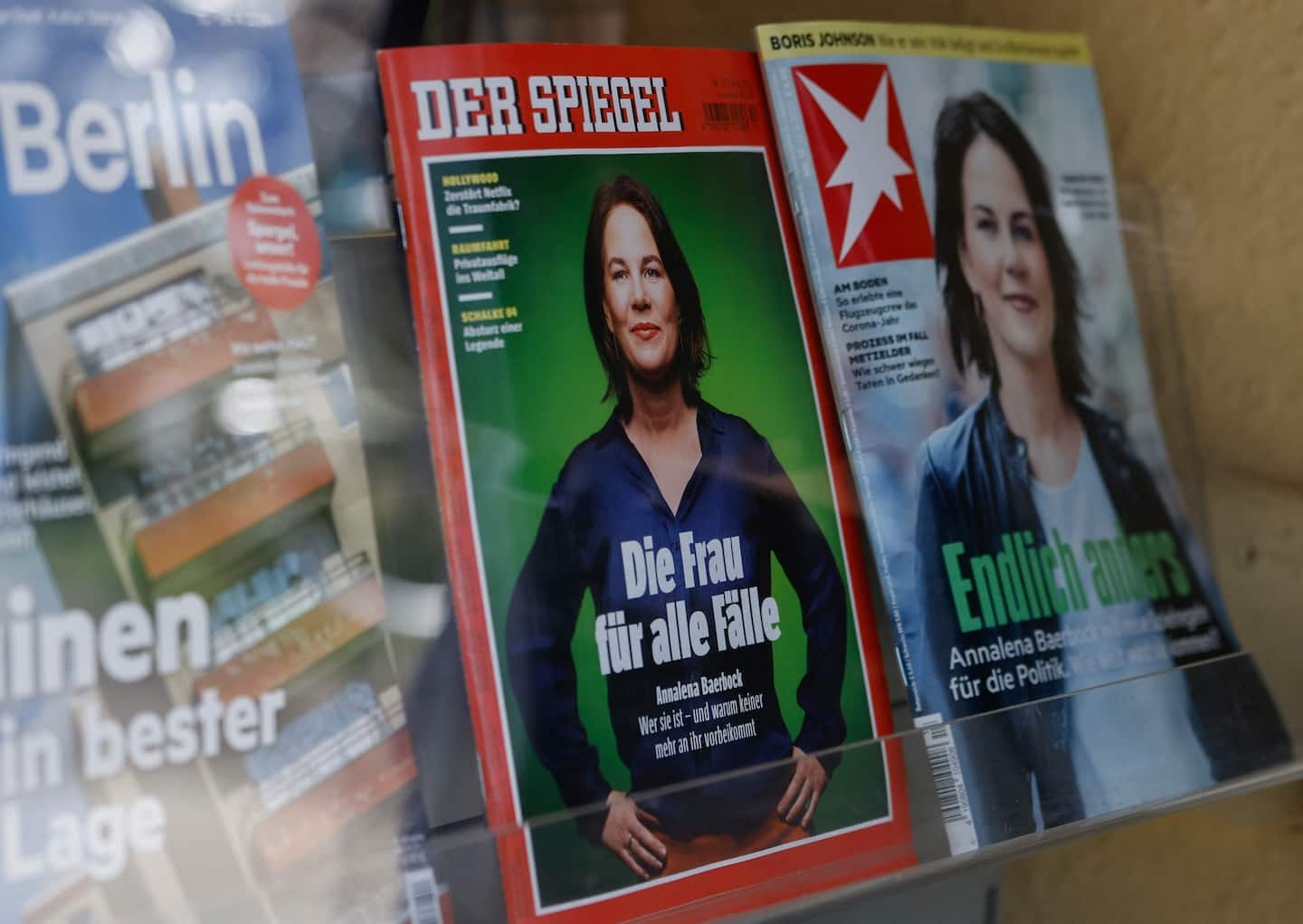Historically, only Germany’s large parties — the Christian Democrats — have nominated a candidate for the head of the German government, as only they were considered likely contenders to lead a coalition government.
After 16 years under Chancellor Angela Merkel and her CDU/CSU alliance, Germany seems ready for a change — and many see the Greens as the preferred vehicle for this change.
If we want to understand the current success of the German Greens, we need to move beyond some of the narratives that exist around Europe’s Green parties.
In the changing political space in Western Europe — which now strongly revolves around questions such as immigration, gender equality, LGBT rights and international integration — Green parties represent a broad progressive agenda.
For people who care about progressive policies on questions from immigration to gender equality, the German Greens provide a much clearer offer than, for example, the social democratic SPD.
In recent regional and local elections, the Greens received high levels of support in many rural areas as well as in the Ruhrgebiet, Germany’s former industrial coal and steel heartland, suggesting shifts in their appeal.
If we look at the voting behavior of younger voters, the Greens have become the dominant party — and this does not even include the preferences of large shares of the Fridays for Future generation, who often have not yet reached the voting age of 18.
Preoccupied by this debate, the party has paid less attention to the fact that it has lost its appeal to new social milieus and younger cohorts.
The success of the German Greens represents a broader shift in some Western European countries, where culturally progressive and socially liberal parties, such as the Dutch D66 or Emmanuel Macron’s La République En Marche, have drawn large shares of voters from traditional social democratic parties.
